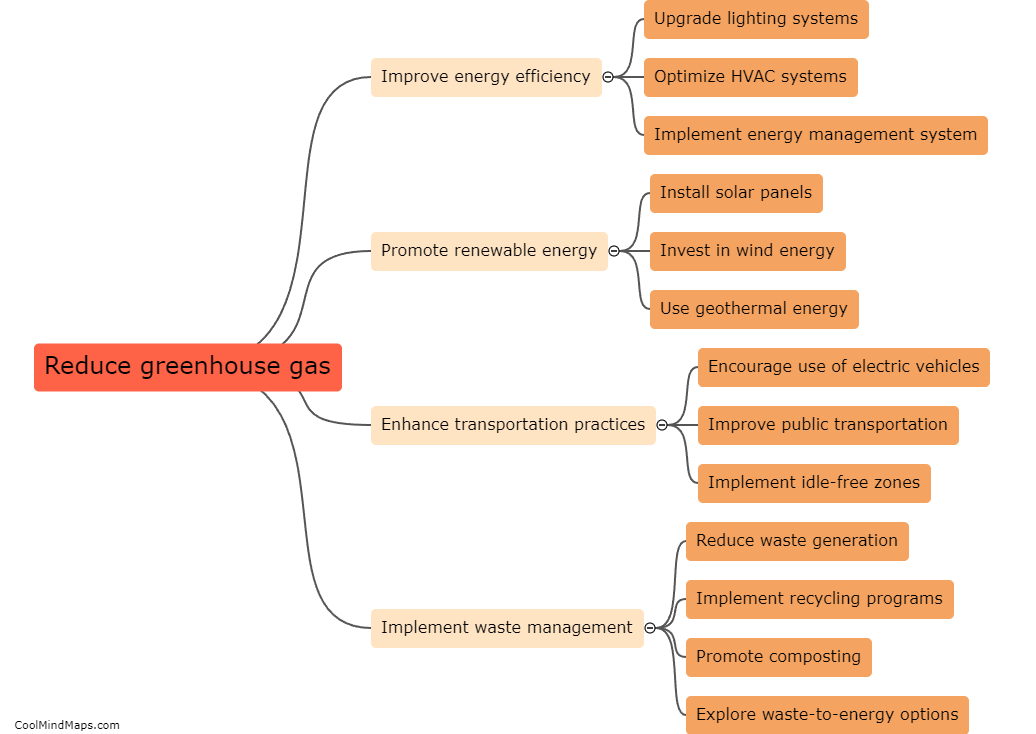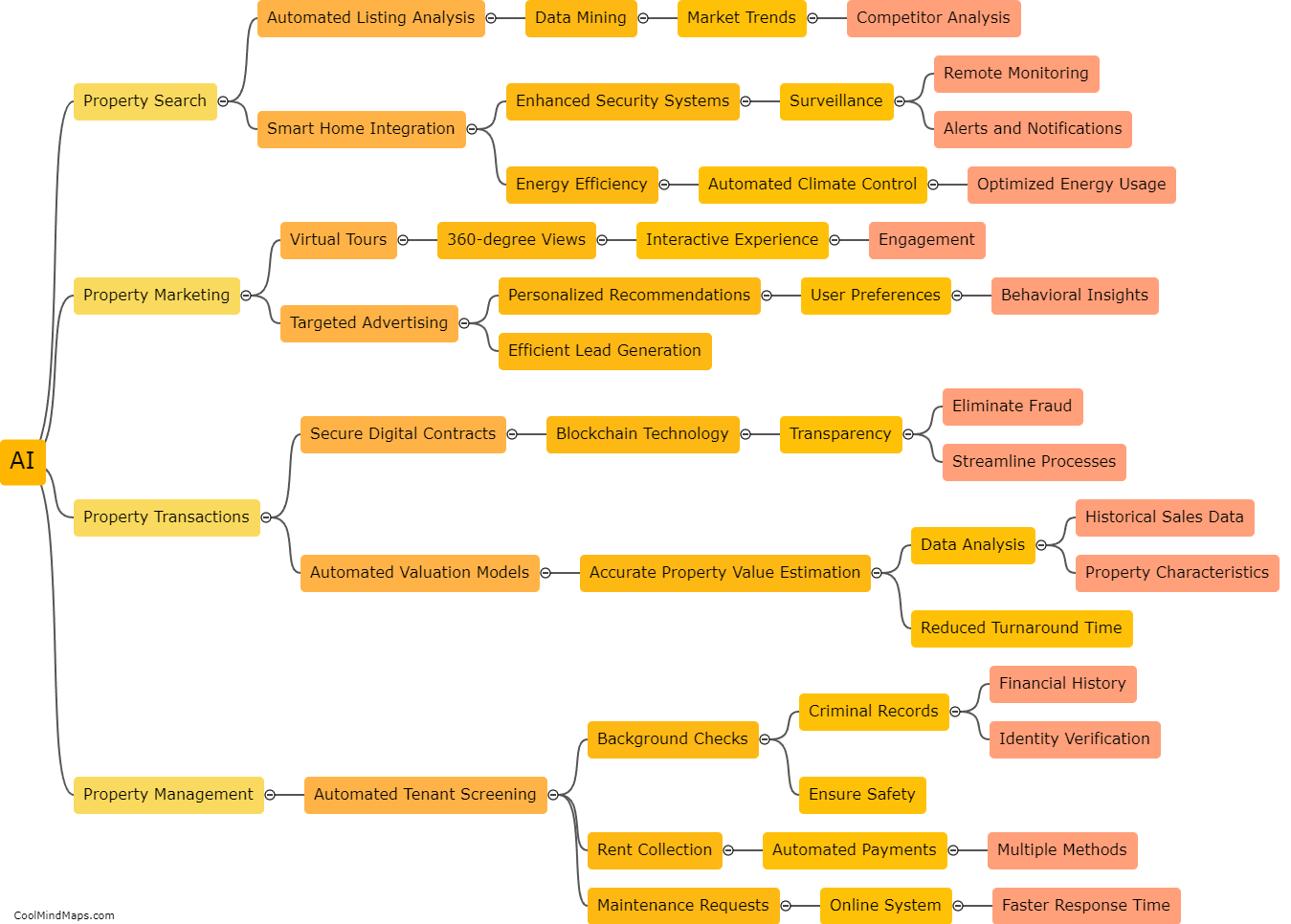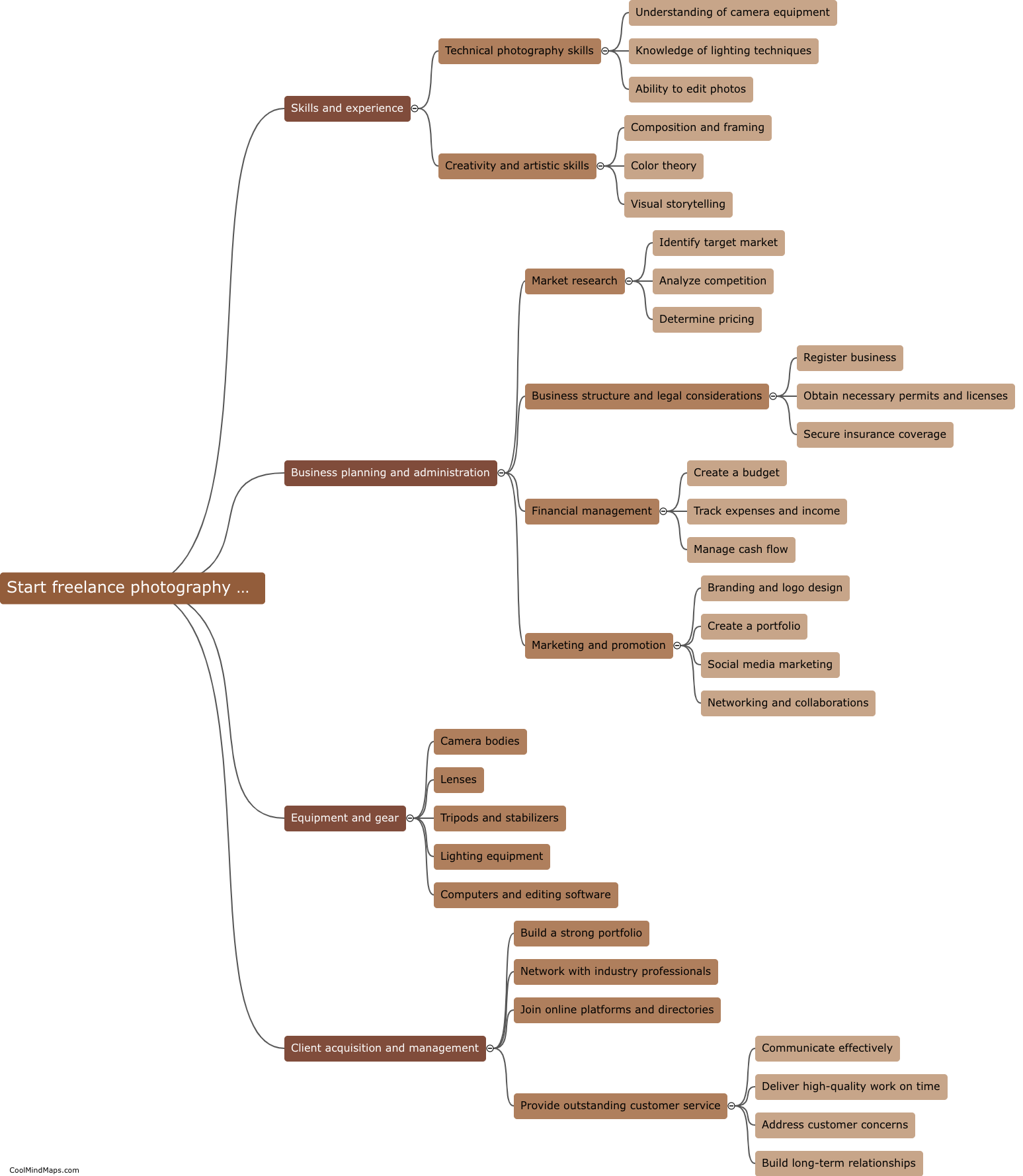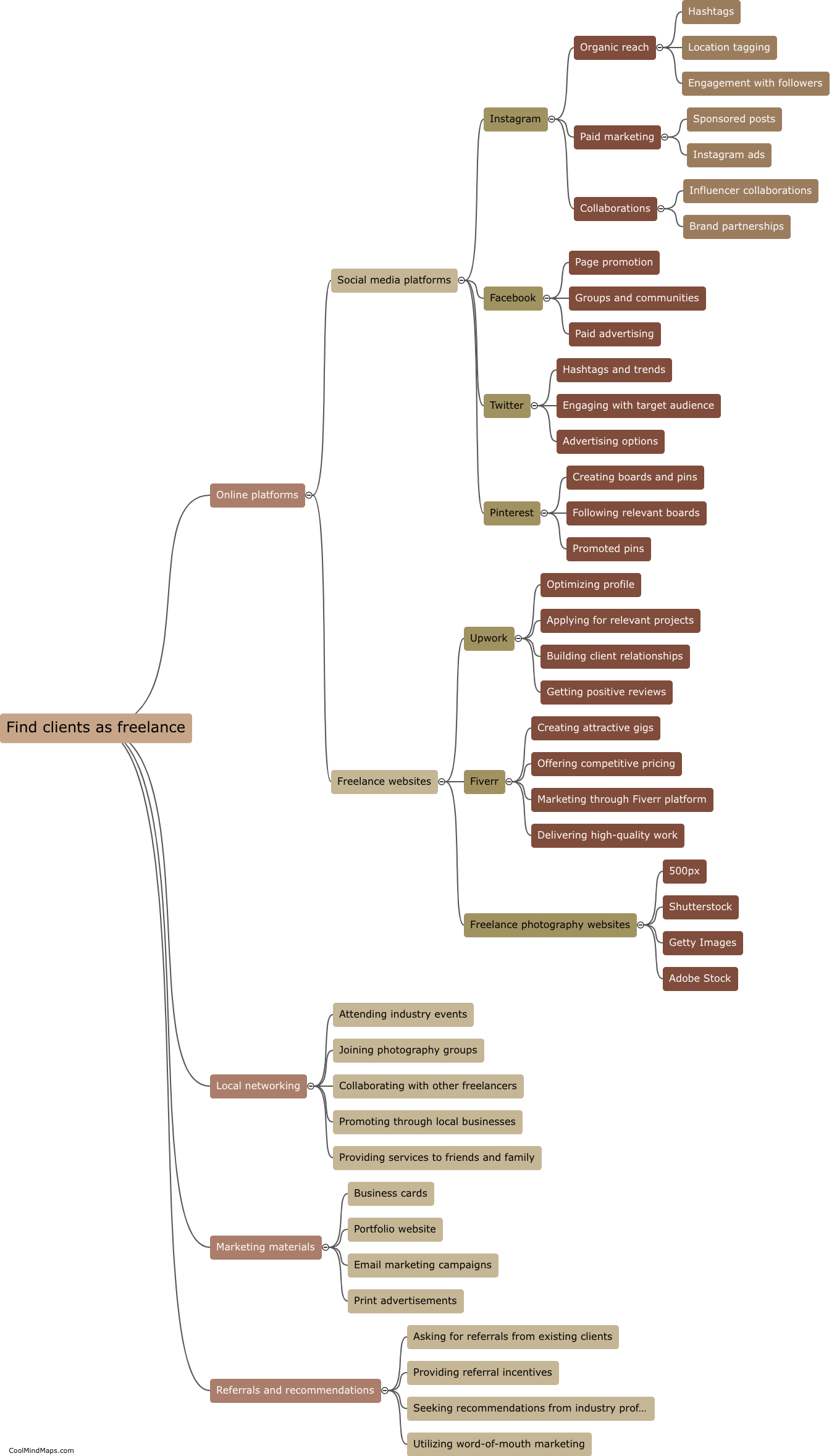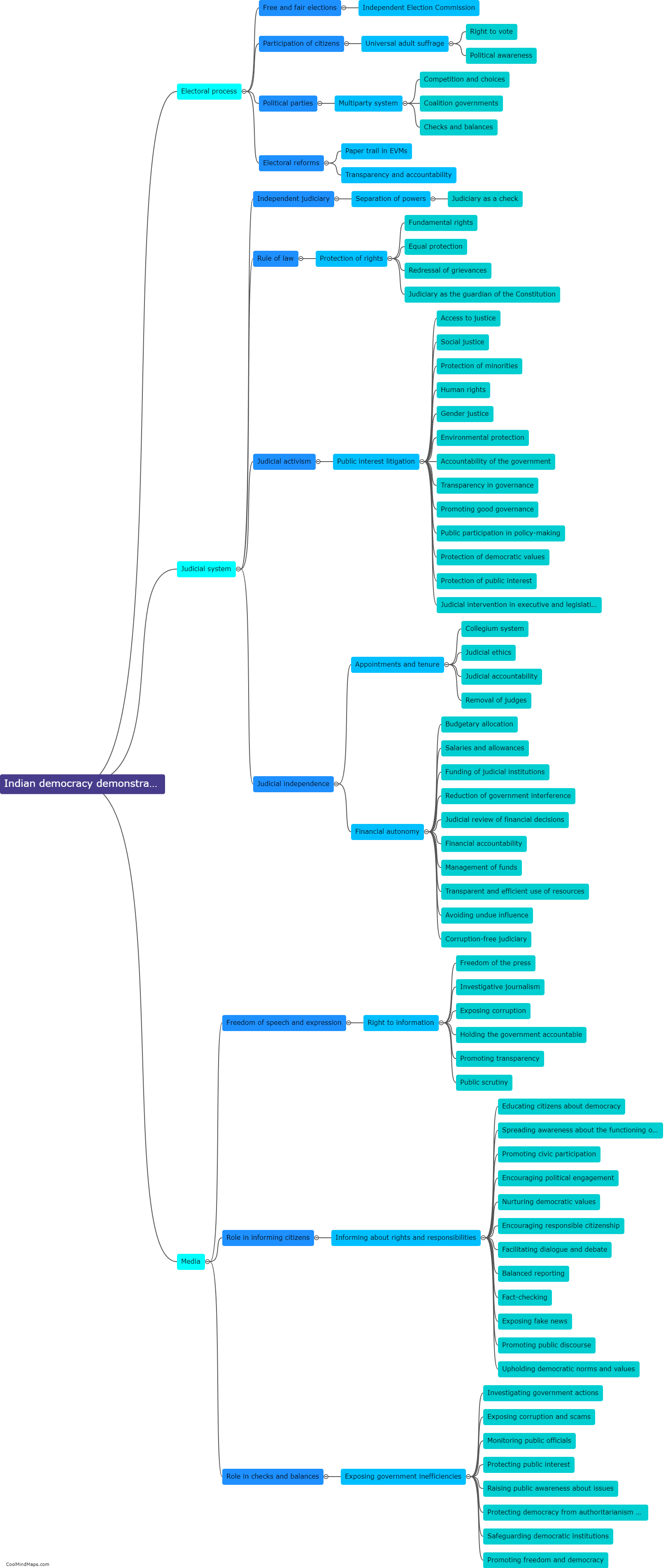How do forests propagate without human intervention?
Forests are remarkable ecosystems that have the ability to propagate and regenerate without any human intervention. They have evolved to adapt and ensure their survival through various natural processes. The primary method of forest propagation is through the dispersal of seeds and pollen by wind, water, animals, and gravity. Trees produce an abundance of seeds, some of which are specifically adapted to be dispersed over long distances, ensuring their colonization in new areas. Similarly, pollen released by trees is carried by wind or insects to fertilize flowers and facilitate the production of new seeds. Once dispersed, seeds germinate if given suitable conditions such as sufficient moisture, sunlight, and favorable soil conditions. Additionally, some tree species have the remarkable ability to regenerate from stumps, fallen branches, or root suckers. By exploiting these natural mechanisms, forests can propagate and thrive without the need for human intervention.
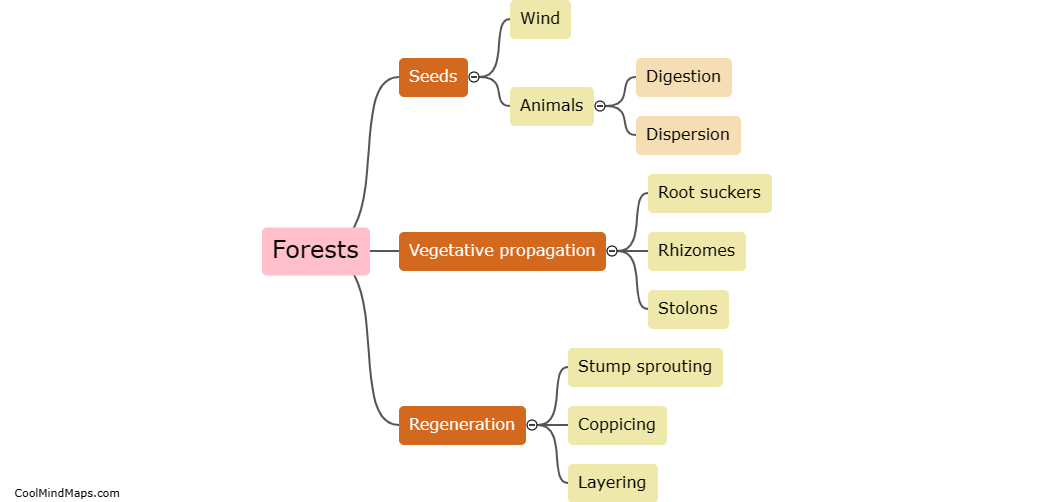
This mind map was published on 19 August 2023 and has been viewed 118 times.
